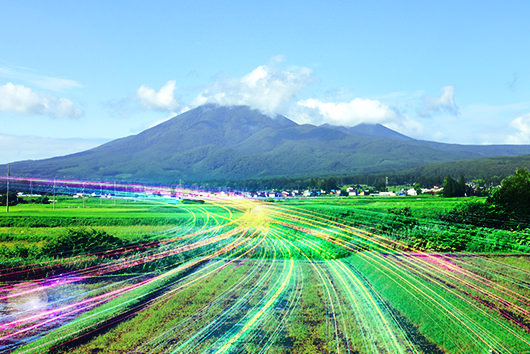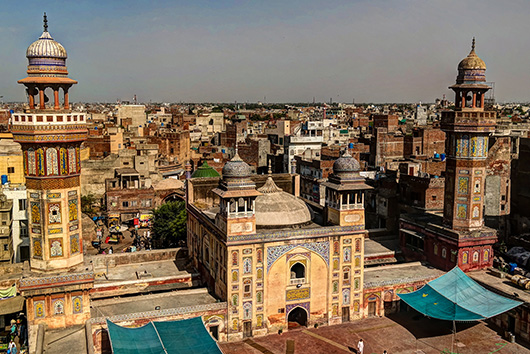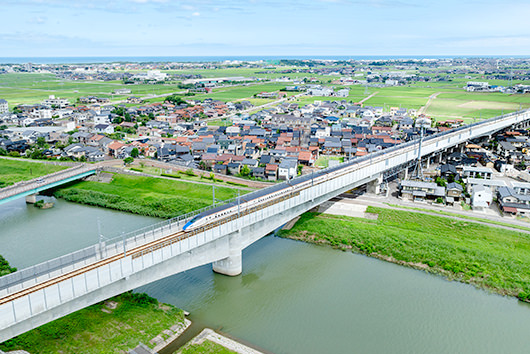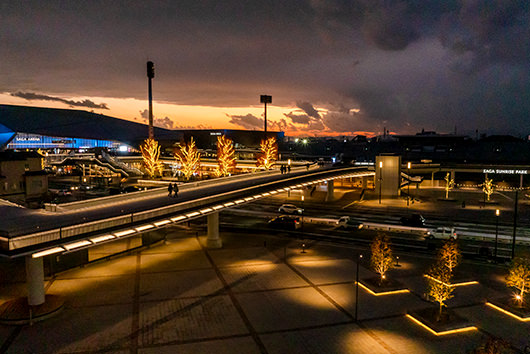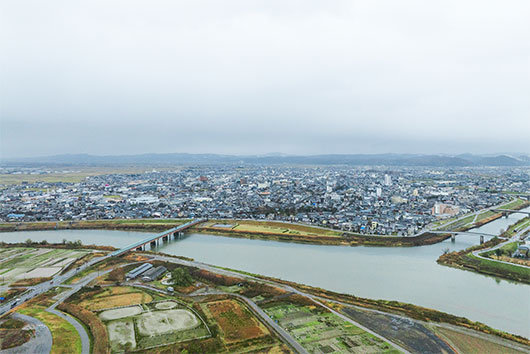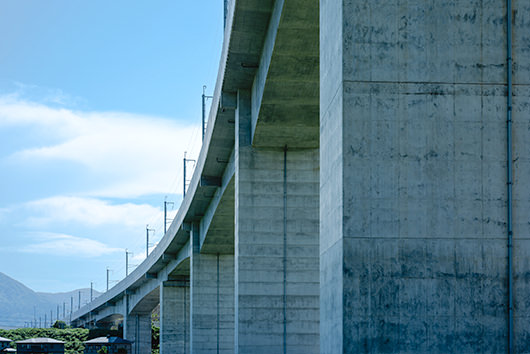Pacific Consultants Magazine
This is an E-mail newsletter that delivers the latest information on PACIFIC CONSULTANTS' projects, etc. We distribute it regularly to deliver timely topics such as PACIFIC CONSULTANTS's insights, project information, interviews and discussions, and the latest topics.
The information you enter will be used only for the purpose of sending you E-mail newsletters and contacting you about various information provided by PACIFIC CONSULTANTS, and will not be disclosed to third parties without your permission.
For more information, please see our Privacy Policy.



